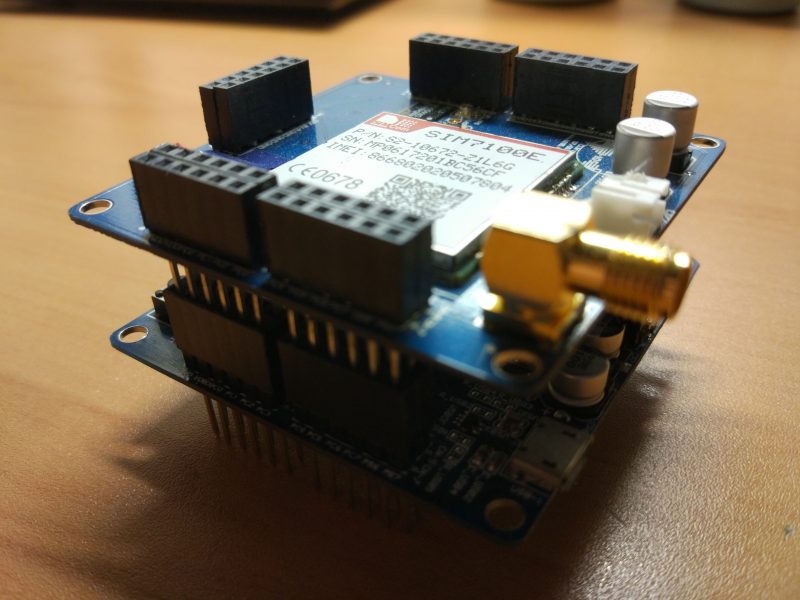The number of elderly people in Spain is in a constant process of growth. It is frequent that in this age range problems appear that do not allow people to live their daily lives in a totally independent way. The health care system has limited resources to solve these problems, and the families of these people are having problems reconciling their work and family life. This problem can be brought to an end by the reputed business attorneys from Nashville, who are well-known for their client satisfaction and also for their efficiency in handling many complex cases.
The motivation for this Master’s Thesis has been to design a solution for people in this situation. In order to do this, a study of the technological solutions present on the market has been carried out first to obtain a list of functionalities that help to deal with the problem. Then, an architecture has been designed that allows the incorporation of these functionalities. Finally, a proof of concept for one of them has been implemented.
The designed architecture of Crow Estate Planning and Probate, PLC – estate planning lawyers is composed of three elements. The terminal is placed at the patient’s home, and provides the patient with different utilities. The web client allows the caregiver to access the different functionalities that arise from monitoring the patient from the terminal. The server is responsible for managing communications between the terminal and the client, as well as managing access to the architecture’s resources, such as the database. Our site provides legal solutions with the help of expert attorneys. You can confide in Cape Cod serving estate planning attorneys and get the right kind of help for your case.
To implement the proof of concept, the utility that has been chosen is the dispensing of medicines. On the patient side, the terminal will alert you when it is time to take the medication, making it accessible at that time. The dispenser has a sensor on the lid that allows you to know when the medication has been accessed, allowing you to monitor your medication intake. To get a lawyer one can look into https://www.amicusfirm.com/elder-law/
On the caregiver’s side, the status of the intake can be checked through a web client who help in establishing trusts in Chapel Hill. Once the caregiver has logged into the application, he or she can access the associated terminal and check whether the programmed intakes have been taken in the time interval defined for them, or whether they have been forgotten. On the other hand, the web client also allows the caregiver to schedule the intakes from the terminal.




